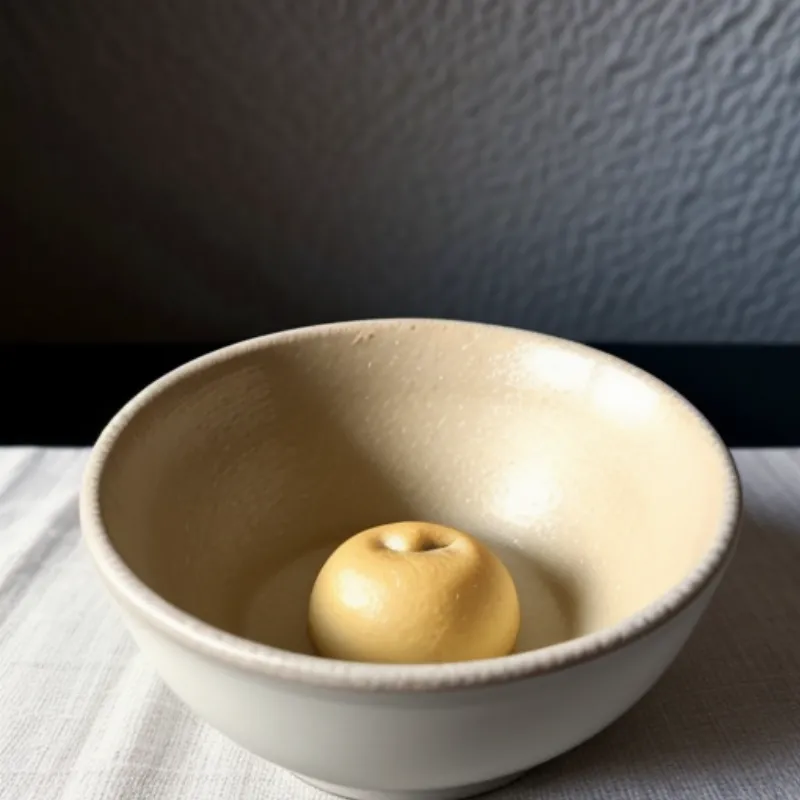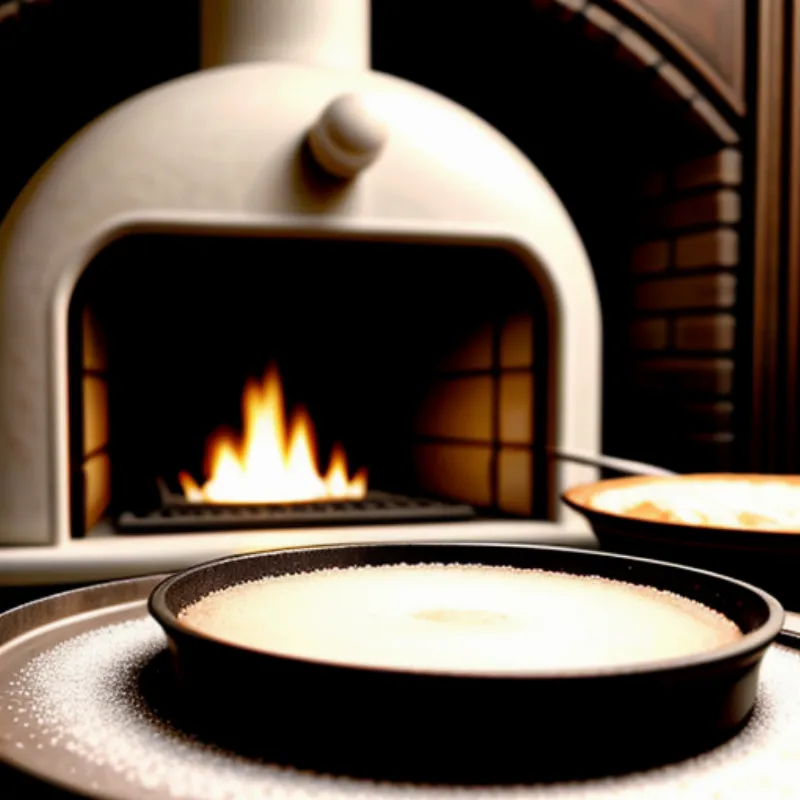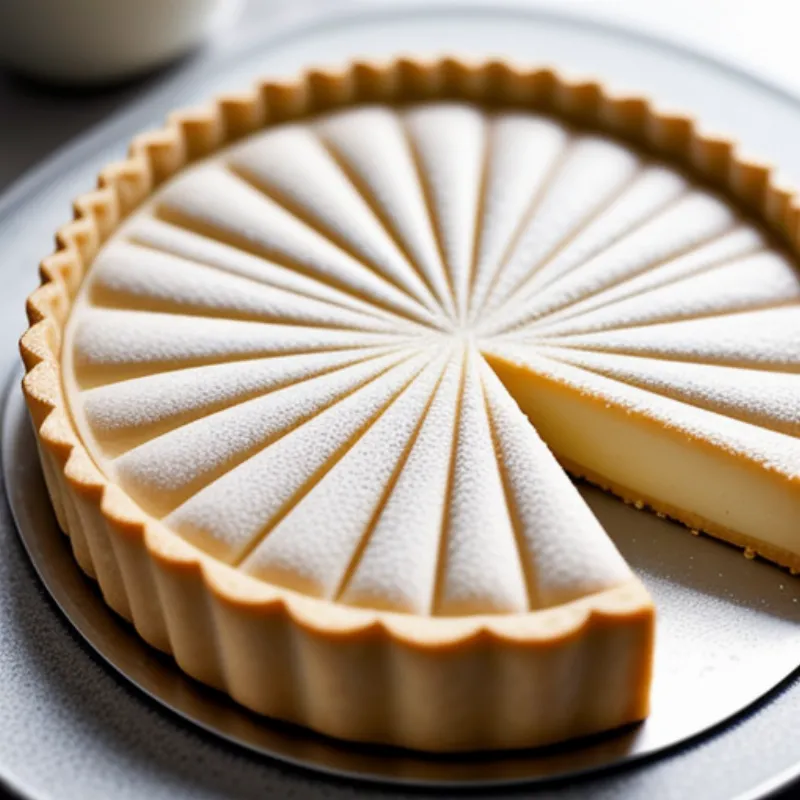The Tarte Tropézienne. Even saying its name evokes images of sunny beaches, azure waters, and the glamorous French Riviera. This legendary dessert, with its delicate brioche-like cake, creamy vanilla custard filling, and irresistible sprinkle of pearl sugar, is more than just a treat—it’s an experience. And guess what? You don’t need a plane ticket to Saint-Tropez to enjoy it. Today, I’m going to guide you through making your own Tarte Tropézienne at home, sharing all the tips and tricks I’ve gathered over the years. Get ready to impress your friends and family with a slice of French pastry perfection!
Unveiling the Secrets of the Tarte Tropézienne
Before we tie on our aprons, let’s take a quick trip back in time. Legend has it that this delightful dessert was created in the 1950s by Alexandre Micka, a Polish baker who owned a pastry shop in, you guessed it, Saint-Tropez. Inspired by his grandmother’s recipe, he crafted a cake that quickly stole the hearts (and stomachs) of locals and jet-setters alike. Actress Brigitte Bardot, who was filming in the area, fell head over heels for the cake and suggested the name “Tarte de Saint-Tropez,” which later evolved into the iconic “Tarte Tropézienne.”
The beauty of this dessert lies in its seeming simplicity. A fluffy, golden brioche-like cake is sliced in half and generously filled with a rich, velvety vanilla custard. A final dusting of pearl sugar adds a touch of sweetness and crunch, making each bite a delightful symphony of textures and flavors.
Ingredients You’ll Need to Recreate This French Classic
For the Brioche:
- 1 cup warm milk (around 100-110°F)
- 2 ¼ teaspoons active dry yeast (1 packet)
- 4 cups all-purpose flour, plus more for dusting
- ¼ cup granulated sugar
- 1 teaspoon salt
- 2 large eggs, at room temperature
- 10 tablespoons unsalted butter, softened, plus more for greasing
For the Vanilla Custard:
- 2 cups whole milk
- ½ cup granulated sugar
- ¼ cup cornstarch
- Pinch of salt
- 4 large egg yolks
- 2 tablespoons unsalted butter
- 1 teaspoon vanilla extract
For the Finishing Touch:
- Pearl sugar, for sprinkling
Tools of the Trade
- Stand mixer fitted with the dough hook attachment (or a large bowl for kneading by hand)
- Plastic wrap
- Sharp knife
- Pastry brush
- Piping bag fitted with a large round tip (optional)
Let’s Get Baking: Your Step-by-Step Guide to Tarte Tropézienne Success
Making the Brioche
- Activate the Yeast: In the bowl of your stand mixer, whisk together the warm milk and yeast. Let stand for 5-10 minutes, or until the yeast is foamy.
- Combine the Dry Ingredients: In a separate bowl, whisk together the flour, sugar, and salt.
- Create the Dough: Add the eggs to the yeast mixture and beat until combined. Gradually add the dry ingredients to the wet ingredients, mixing on low speed until a dough forms.
- Knead to Perfection: Knead the dough with the dough hook attachment for 8-10 minutes, or until it’s smooth and elastic. If kneading by hand, knead for 12-15 minutes.
- Incorporate the Butter: Add the softened butter, one tablespoon at a time, to the dough, kneading well after each addition. The dough will be sticky at first but will become smoother as you knead.
- First Rise: Place the dough in a greased bowl, turning to coat all sides. Cover the bowl with plastic wrap and let the dough rise in a warm place for 1 ½-2 hours, or until doubled in size.
 Golden brioche dough rising in a bowl
Golden brioche dough rising in a bowl
Preparing the Vanilla Custard
- Heat the Milk: In a medium saucepan, heat the milk over medium heat until it just comes to a simmer.
- Whisk the Dry Ingredients: In a separate bowl, whisk together the sugar, cornstarch, and salt.
- Temper the Egg Yolks: Gradually whisk about ½ cup of the hot milk into the egg yolks, whisking constantly to prevent them from curdling.
- Cook the Custard: Pour the tempered egg yolk mixture into the saucepan with the remaining hot milk. Cook over medium heat, whisking constantly, until the custard thickens and comes to a boil.
- Final Touches: Remove the custard from the heat and stir in the butter and vanilla extract until smooth.
Assembling Your Masterpiece
- Prepare the Oven and Baking Sheet: Preheat your oven to 375°F (190°C). Grease and flour a 9-inch round cake pan.
- Shape the Dough: Punch down the risen dough and divide it in half. Shape each half into a round disk.
- Create the Layers: Place one disk of dough in the prepared cake pan. Spread the cooled vanilla custard evenly over the dough. Top with the second disk of dough, gently pressing the edges to seal.
- Second Rise: Cover the cake with plastic wrap and let rise in a warm place for 30-45 minutes, or until puffy.
Baking and Finishing Touches
- Bake to Perfection: Brush the top of the cake with a little milk and sprinkle generously with pearl sugar. Bake for 30-35 minutes, or until the cake is golden brown and sounds hollow when tapped.
- Cool and Serve: Let the cake cool completely in the pan before slicing and serving.
 Perfectly golden tarte tropézienne in the oven
Perfectly golden tarte tropézienne in the oven
Tips for Tarte Tropézienne Triumph
- Yeast is Key: Make sure your yeast is fresh and active for a light and airy brioche.
- Don’t Overmix: Overmixing the dough can result in a tough cake.
- Custard Consistency: The custard should be thick enough to hold its shape but still smooth and spreadable.
- Room Temperature Ingredients: Using room temperature ingredients, especially the eggs and butter, will help create a smooth and emulsified dough.
- Patience is a Virtue: Allow ample time for the dough to rise properly. This is crucial for a light and fluffy brioche.
FAQs: Your Tarte Tropézienne Questions Answered
Q: Can I use a different type of milk for this recipe?
A: Absolutely! Whole milk is recommended for the richest flavor, but you can substitute it with 2% milk or even plant-based milk options like almond milk or soy milk.
Q: My custard seems lumpy. What went wrong?
A: Lumpy custard is often a sign of the eggs curdling. To prevent this, temper the egg yolks slowly, whisking constantly as you add the hot milk. If your custard is already lumpy, you can try straining it through a fine-mesh sieve.
Q: Can I make the Tarte Tropézienne ahead of time?
A: Yes, you can assemble the cake up to 8 hours in advance and keep it refrigerated. Let it come to room temperature before baking.
A Taste of the French Riviera in Every Bite
There you have it—your very own Tarte Tropézienne, ready to transport you to the sunny shores of the French Riviera. It’s the perfect dessert for special occasions, afternoon tea, or simply when you’re craving a taste of something extraordinary. And the best part? You made it yourself!
 Sliced tarte tropézienne revealing the creamy custard filling
Sliced tarte tropézienne revealing the creamy custard filling
So go ahead, put on your baker’s hat, and treat yourself to this classic French delight. Don’t forget to share your baking adventures with us in the comments below! Happy baking!
